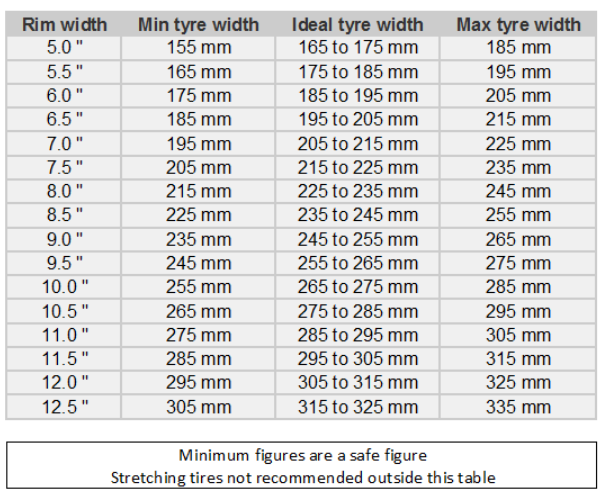

Switching to different tire sizes can only be done in compliance with all legal requirements and regulations – plus the recommendations of the vehicle, wheel, and tire manufacturers. Last but not least, the car will accelerate slower. There will also be a slight increase in top speed, and the speedometer will no longer be accurate. That means the car body will be higher off the ground. If the combined wheel and tire diameter aren’t correctly matched, there may be drastic differences in ride height and speedometer readings.įor example, fitting 17-inch-diameter wheels to a car that is designed to have 14-inch-diameter wheels will change the ride height.

Make your tire size selection in strict accordance with vehicle documents and tire manufacturer recommendations. It must correspond to the information provided in the vehicle documents.
Wheel tire size comparison full#
Together, the load index and speed index make up the full service description for a passenger car tire. Compatibility is determined according to its outer dimensions – diameter/rolling circumference and width – and labeled as a standardized tire size indicator on the sidewall.Īlso, the size must comply with the vehicle’s requirements regarding speed rating and load range. The documentation supplied with your vehicle outlines the recommended tire sizes for your car.

Calculations are to be treated as approximate only, due to possible and probable variations in how tires are manufactured. All calculations are designed to round up. designation tires and one for metric TRX designation tires. Compare information of original equipment tire size and alternate after market tire sizes. These calculators require the use of Javascript enabled and capable browsers. U.S And Metric Tire Size Information Calculator


 0 kommentar(er)
0 kommentar(er)
